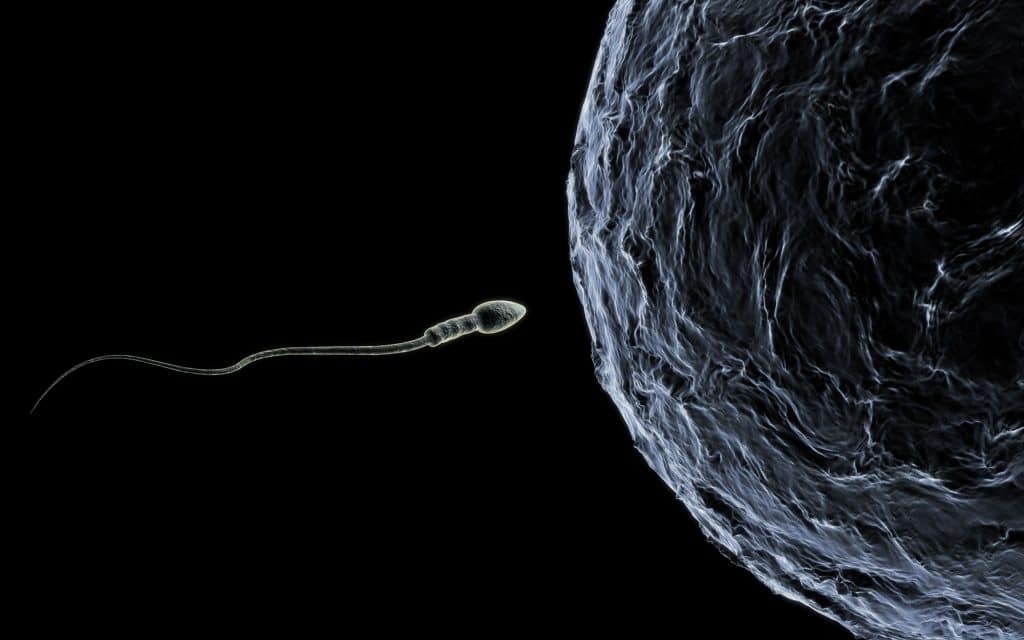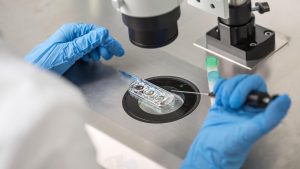How does a sperm get enough power to swim to the egg?
A human sperm will have to travel a total of 10cm from the cervix to the fallopian tubes. This may not sound like a huge distance, but for a cell the size of a sperm, it’s equivalent to a human walking from Sydney to Perth and back again… If that doesn’t make you feel exhausted, now imagine it’s a race!
Researchers from the Universities of York and Oxford have discovered that a reinforcing outer layer that coats the tails of the sperm help give them the strength to make the powerful rhythmic strokes needed to travel to the egg.
Out of the millions of sperm ejaculated into the vagina, only around 15-100 successfully embark on the treacherous journey to fertilise the egg, swimming through the reproductive tract and through thick cervical mucus to reach the egg. The researchers revealed that sperm in mammals has evolved to have a reinforced outer layer to give them the extra strength and stability needed to help break through the thick fluid barrier they face.

“We know that, just like in our arms and legs, sperm have tiny muscles which allow their tails to bend — but nobody knows how this is orchestrated inside the tail, at the nano-metric scale,” said Dr Hermes Gadêlha from the Department of Mathematics at the University of New York.
“Sperm are an archetype of self-organisation — movement seems to be happening automatically, perhaps because of a complex combination of many mechanisms at play.”
By understanding the physiology behind this, it could enable fertility clinics to improve their sperm selection methods and therefore improve success rates for their patients.
For more information on male fertility, learn about our treatment options or visit our guide to what normal sperm should look like.






